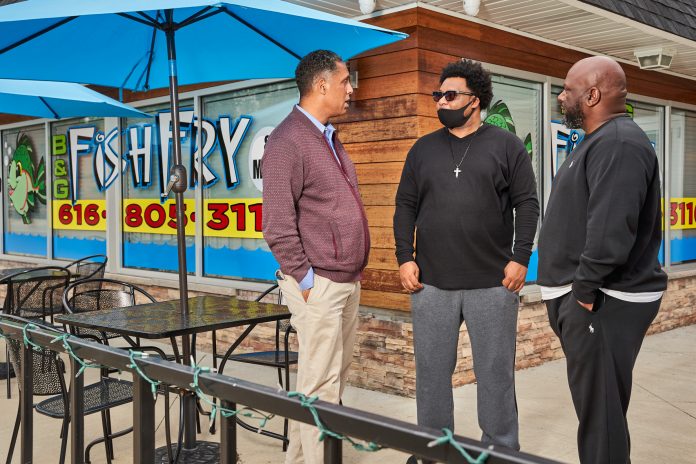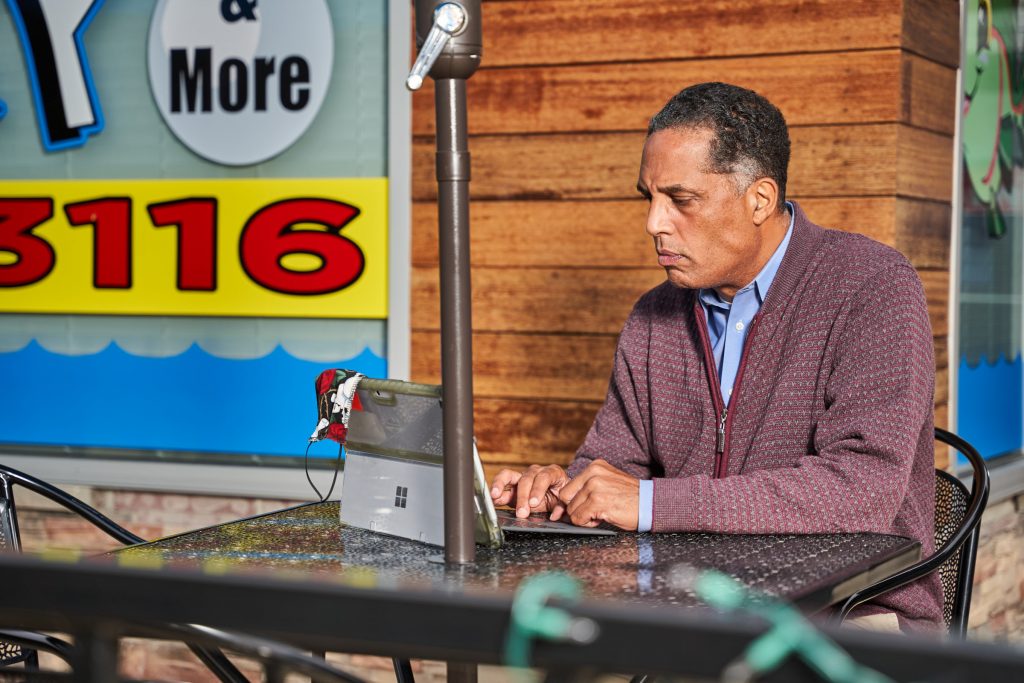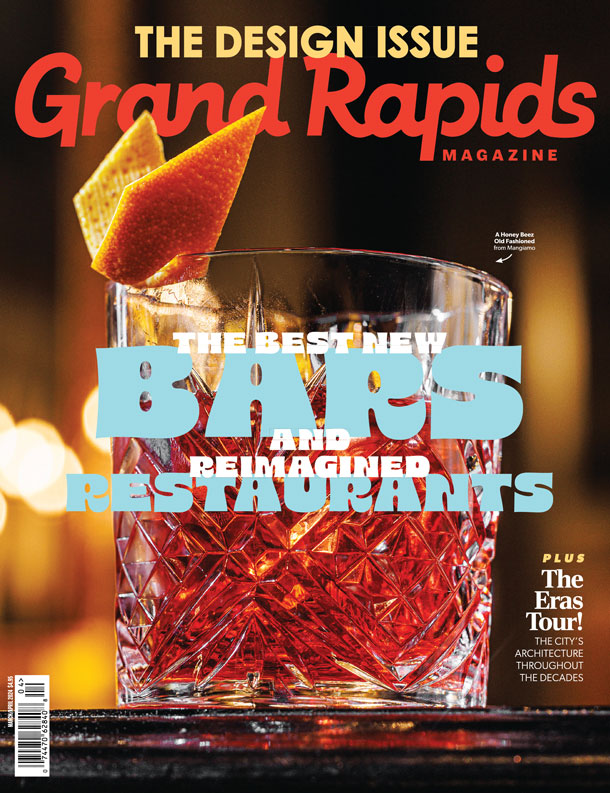
Editor’s Note: This is part one of a four-part series on individuals and organizations stepping up to make a difference in Grand Rapids. Read the introduction to the series here.
Rodney Brown, a lifelong educator and African American community organizer, has a lot of stories to share about being Black in Grand Rapids.
Some of them are about the coronavirus — which is tearing through Black neighborhoods far faster than the rest of Kent County. Others recall his frustrations with local leaders, many of whom Brown said don’t take the Black community as seriously as they should. And others are about simply not seeing yourself represented in the world around you.
Case in point: several years ago, Barbara Corcoran, an entrepreneur famous on television’s “Shark Tank,” visited Grand Rapids. Brown, a longtime educator, took a group of local students — mostly Black and brown — to go see her talk.
When he got there, he saw an overwhelmingly white room of professionals. And as a speaker got ready to introduce Corcoran, he watched the hosts give an introduction of Grand Rapids and its history. He saw President Gerald Ford — but he didn’t see much about the Black community and its contributions.
That’s a bitter pill on its own, but Brown and fellow Grand Rapids activists feel it as a piece of a far bigger puzzle. Entire Black neighborhoods are squeezed by housing costs; median Black families’ income trails whites’ in Kent County by nearly $40,000, according to a 2015 analysis. Again and again, Black activists marvel at Grand Rapids police stopping Black drivers more often or handcuffing Black youths at gunpoint.
“Where’s our iconography for the Mayweathers?” Brown wondered in an August interview — a question that, really, is asking about a lot more than a celebrity visit. “Where’s our iconography for Al Green, or good Rev. Bishop Marvin Sapp, or the DeBarge family?”
Brown, a Grand Rapids native, is a founder and a community organizer with the Grand Rapids African American Community Task Force, which has been working to boost the local Black community since the late 1990s. And the group’s concerns run far deeper than just representation: they grapple with the role Black people have in the everyday makings of Grand Rapids. As Brown sums it up, the group is about the “health, wealth and well-being” of the local Black community — a broad mandate to do good on behalf of local residents.

Within the last several years, it’s begun re-organizing Black neighborhood associations that Brown said had faded. One of them, the Boston Square Neighborhood Association, is led by Victor Williams, who said the group has now existed on paper for about a year. Williams envisions it as a hyper-local clearinghouse for Black needs, especially in the face of coronavirus.
“Corona comes in, we have residents that lose their jobs — residents that, because they lost their jobs, they’re getting their lights cut off,” he said. “They don’t know how to get (protective equipment), they don’t know how to get masks and hand sanitizer and different things. They look to the neighborhood association to help.”
And Williams said the neighborhood association is especially important as Grand Rapids’ urban center continues to grow and expand. New development often places upward pressure on local rent, which can mean Black residents getting squeezed out when new investment comes to the community. But as local developers plan new development in the Boston Square region, Williams said he’s happy to have a seat at the table, in a formalized agreement with Amplify GR — a group with big development plans for the neighborhood.
And the task force has far more on its agenda than neighborhood associations. Brown said the group is working on a documentary adaptation of “City Within a City,” the book by historian Todd Robinson on segregation and black marginalization in Grand Rapids. A big part of Brown’s work is bent toward helping the Black community shape its own narrative.
Brown and the task force also are continuing their work at a moment when racial issues are top-of-mind far beyond the Black community. This summer has seen an extraordinary number of protests and uprisings after the death of Black Americans at the hands of police. Breonna Taylor — killed during a March police raid in Louisville — had previously lived in Grand Rapids.
“(Taylor) still has family and friends in the area. The brutal nature of her death and the loss of such a precious and beautiful young lady, one of our own Grand Rapidians, this still has our community in grief, angry and incredibly saddened,” Brown wrote in an email.
Synia Gant-Jordan, a realtor and a local activist, is on the task force’s steering committee. Like almost anyone else involved with the task force project, she sees the clear links between the modern struggles in the Black community and the not-so-distant past — the way that segregation, housing discrimination and slavery are all echoing through the present.
And she said that’s why it’s time to go to work.
“When you get tired of being sick and tired, you do something about it,” she said.








Facebook Comments